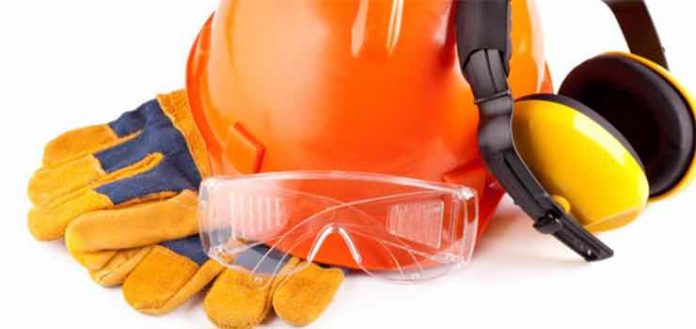
Personal protective equipment is not only essential in the workplace, but is also mandatory due to its enormous importance.
Personal protective equipment, also known as EPIS, is any element or accessory that the worker must incorporate into his equipment in order to protect him from any risk that may threaten his safety, health, or physical integrity.
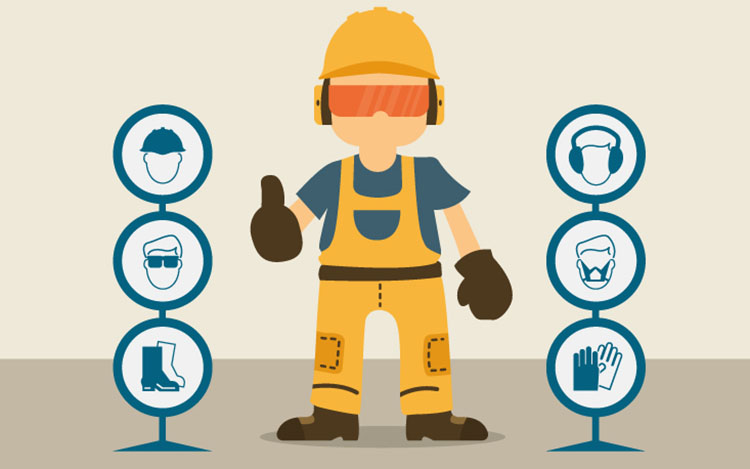
Although in the workplace it is mandatory, being regulated by the health and safety regulations at work, in the field of DIY it is an equally important aspect. For this reason we have dedicated this article to safety epis.
Components of personal protective equipment
As we have said before, personal protective equipment must cover the entire body, at least the most vulnerable parts exposed to the greatest risk.
Safety at work is an aspect that is often overlooked in the practice of DIY.
When we are going to undertake a home DIY job, we do not even pay attention to the necessary protection elements and, if we do, we think… “I am going to spend this money for one time?”, “I am only going to do it this time, Am I going to be so unlucky as to have an accident?
Although it sounds cold, accidents are a game of probabilities in which, the less precautions we take, the more numbers we will have to hit the jackpot.
Therefore, below we will see the main protections and their possible variants, most of which are not expensive at all.
head and face
Helmet
This is the quintessential head protection.
We should use the helmet if we are going to do some minor reform. In this type of work, detachment and falling elements are frequent.
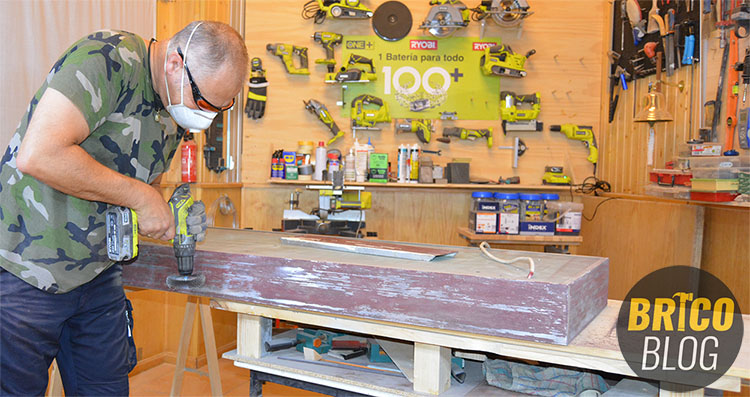
Safety glasses
This is an essential element for most DIY jobs, since it protects the eyes from the impact of small elements such as shards of tiles, metal, wood,…
Face protection screens
It is a variant of protective glasses but they cover the entire face.
Within the protection screens, there are the welder’s screens that protect the eyes from the intense light emitted by welding, as well as the face from the incandescent sparks produced in the process.
Ear protection
The ears are another important part that we must protect against loud and prolonged noises.
Many of the DIY tools, such as the hammer drill or the mini grinder, among others, emit levels of sound that are harmful to the eardrums. To protect ourselves we have earplugs, anti-noise helmets and earmuffs.
Respiratory Protection
In the practice of DIY, materials and substances are manipulated that give off suspended particles, aerosols and even vapours, all of which are very harmful to the lungs.
For the protection of the respiratory tract, we can count on masks from the simplest, to others that incorporate active carbon filters.
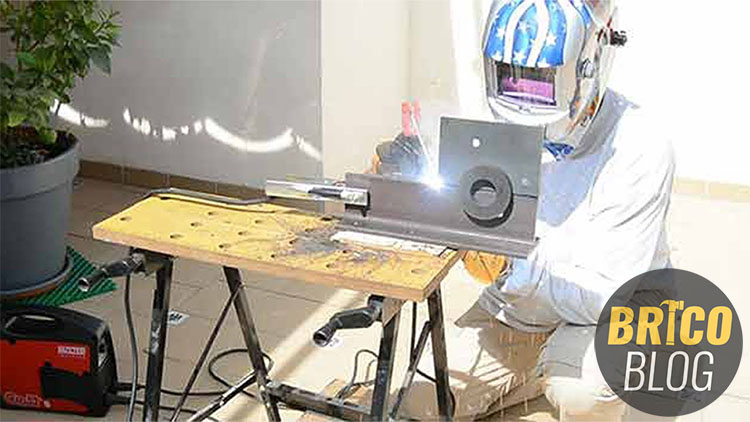
Trunk and upper extremities
Gloves
The hands are a fundamental part in carrying out any task. In DIY it is even more so if possible. So we have to protect our hands against blows, cuts, punctures, etc.
In this type of protection element there is a huge variety, but for DIY I recommend some resistant gloves but that do not make you lose too much touch, and that adapt well to your size.
However, if you are going to undertake a more specific DIY project, such as welding, we would have to go for thicker cowhide gloves, and if possible long ones or, failing that, some sleeves. In this way we will avoid risks of burns.
Lumbar belts
If we have to carry heavy weights, it is highly recommended to protect our back and waist by using a lumbar belt.
In addition to this element, we must not forget to always keep our back straight and not overload ourselves excessively.
Safety harness
Many of the DIY enthusiasts see the safety harness as a protection element aimed at the professional field. Nothing could be further from the truth.
Whenever you are going to do some work at height, even if it is DIY, you must have a harness. One of the simplest models is much cheaper than we might think and can literally save our lives.
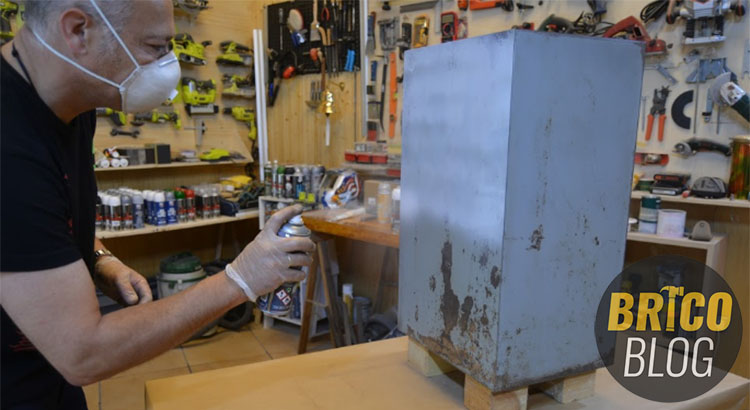
Lower extremities
protective boots
With the boots it happens as with the gloves, there is a great variety. We can find boots for electrical work, which have a special insulating sole; boots with reinforced soles that prevent nails or other sharp elements from penetrating them; etc.
In particular, for DIY, I would prefer low boots that protect the ankles, made of a resistant material and, if possible, with reinforced toecaps.
Kneepads
Knee pads are more specific protection elements for masonry work, such as floor paving.
Therefore, they would rather be part of the masonry tool kit.
Others
Appropriate clothing
It may sound silly, but choosing the right clothing for DIY is important.
We must wear clothes made of a resistant fabric that allows us to work comfortably in any position, but that is not too wide.
The cuffs are especially important. The cuffs of the sleeves must be glued to the wrists. The reason is that a loose fist can get caught in the blades of some power tool while we are using it.
Important
Our final DIY safety tip is to always act with common sense, caution, being fully aware of what we are doing, and avoid overconfidence.
And don’t forget to use personal protective equipment. They are not an expense, they are an investment.
.



